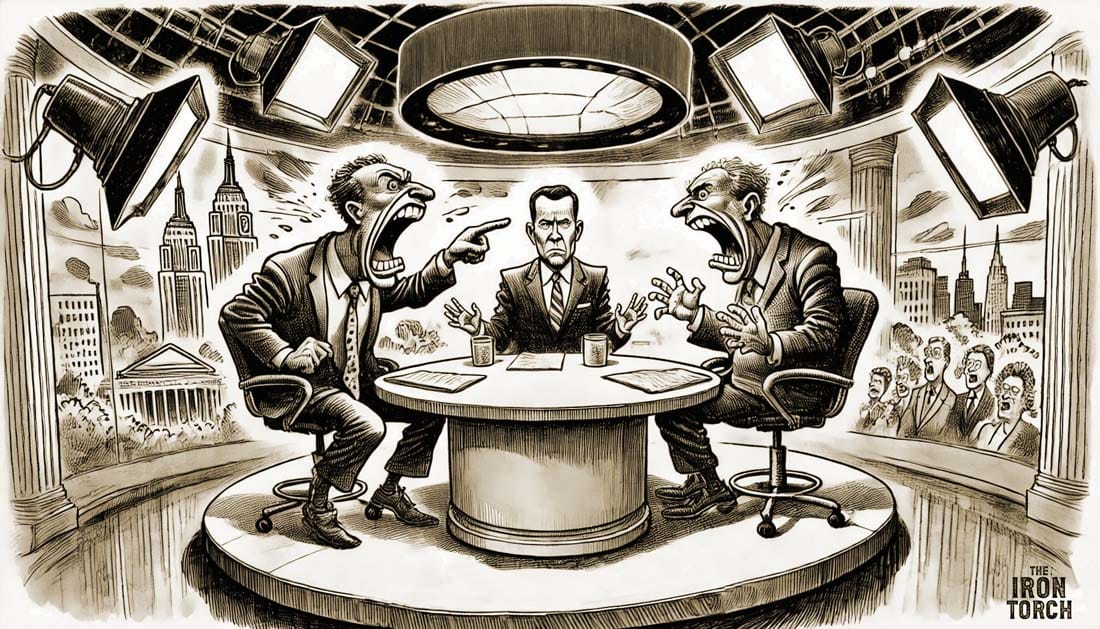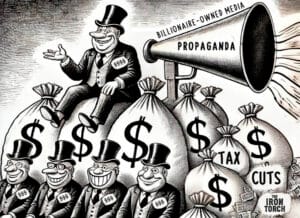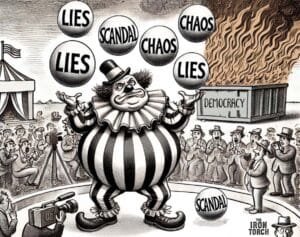Picture this: You’re scrolling through your news feed, and two headlines about the same event tell completely different stories. One claims a massive victory; the other warns of impending doom. Welcome to the crisis of truth in media, where truth often takes a backseat to ratings, and democracy pays the price.
The Truth Dilemma in American Journalism
Remember when news anchors simply reported facts? Today’s landscape looks starkly different. Over the last few decades, we’ve witnessed a transformation that would make broadcast pioneer Edward R. Murrow spin in his grave. Traditional journalism has morphed into a 24/7 spectacle where outrage drives engagement and nuance dies in the pursuit of ratings.
Take the coverage of any recent political scandal. Instead of clearly explaining the allegations and evidence, many networks opt for kabuki theater, booking panels of partisan voices who turn serious matters into political football. Each side accuses the other of all manner of wrongdoing, distracting and deflecting from the issues at hand.
This approach harkens back to 1990s-era, tabloid talk shows, such as The Jerry Springer Show, where the goal wasn’t resolution or understanding but creating as much drama as possible to boost ratings. Like Springer’s shouting matches and over-the-top confrontations, today’s media, though less extreme, thrives on conflict and turning news into entertainment. Complex issues are reduced to dramatic soundbites, optimized to go viral on social media. This isn’t just bad journalism; it’s a direct threat to democratic discourse.
When "Balance" Becomes Bias
The vaunted norm of “balanced reporting” adds another pillar to the crisis of truth in media. When faced with clear evidence of wrongdoing, many mainstream outlets feel compelled to present “both sides”—even when one side is factual, and the other is not. This false equivalency doesn’t serve truth; it serves confusion.
Consider how some outlets, such as CNN, covered the classified documents cases. While attempting to appear neutral, they often paired vastly different situations: hundreds of deliberately retained documents by Donald Trump versus a handful accidentally kept by Joe Biden, and then Trump’s obstruction versus Biden’s cooperation. By presenting these as equivalent or in any way comparable, they didn’t inform—they misled.
The Social Media Amplifier
Another disturbing trend is the fact that social media has become the go-to news source for many people, especially the less politically engaged. Unlike traditional news outlets, social media has no standards for fact-checking or professional certification, further undermining truth in media. Any random person can build a following and add to the discourse, truthful or otherwise.
And worst of all, social media algorithms don’t care about truth—they care about engagement. And nothing drives engagement quite like outrage and outrageousness. These platforms have become echo chambers where facts compete with fiction on equal footing, and the loudest, craziest voices often drown out the most accurate ones. Again, this brings back flashbacks of The Jerry Springer Show. It’s the same old formula: drama grabs attention, and attention grabs profit.
What Can We Do About the Crisis of Truth In Media
The situation may seem dire, but we’re not powerless. Here are practical steps you can take:
- Support quality journalism with your wallet. Subscribe to outlets that prioritize investigation over sensation.
- Practice the “lateral reading” technique: When you encounter a claim, open new tabs and verify it across multiple reliable sources.
- Pay attention to language. When news coverage uses emotional triggers instead of facts, that’s your cue to dig deeper.
- Share responsibly. Before amplifying a story, ask yourself: Am I spreading information or inflammation?
Looking Forward
Democracy requires an informed citizenry, but information alone isn’t enough – we need accurate information, properly contextualized. The good news? More people are awakening to these media dynamics every day. By understanding how modern media can distort reality, we take the first step toward demanding better.
This is part 1 of 4 in the series: Media’s Role in Democratic Decline. Up next is 2-Crime as Usual: How the Media Normalizes the Unthinkable.
To learn more about the impact of Jerry Springer style sensationalism on our politics check out our article on Substack, The Springer Effect: How Trash TV Shaped Modern Politics.
(Other posts in this series include 3-Billionaire-Owned Media and 4-The War on Truth.)




